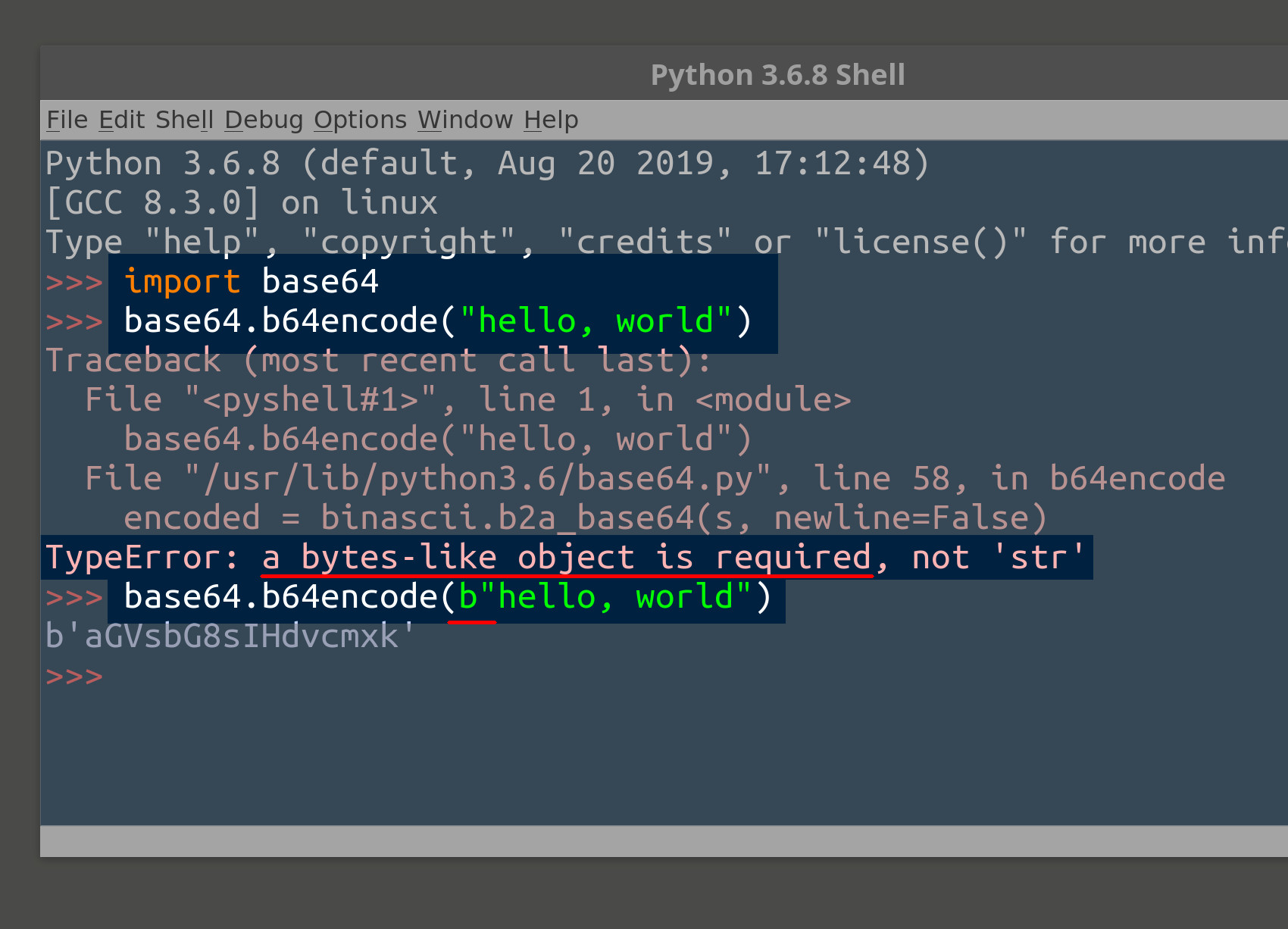
The str type can contain any literal Unicode character, such as 'v / t', all of which will be stored as Unicode. Encoded Unicode text is represented as binary data ( bytes ). So basically using a simple while loop to iterate the characters, add any character's byte as is if it is not a percent sign, increment index by one, else add the byte following the percent sign and increment index by three, accumulate the bytes and decoding them should work perfectly. This means that you don’t need - coding: UTF-8 - at the top of. By default, the python decode uses the UTF-8 encoding value. To increase the reliability with which a UTF-8 encoding can be detected, Microsoft invented a variant of UTF-8 (that Python calls 'utf-8-sig') for its Notepad program: Before any of the Unicode characters is written to the file, a UTF-8 encoded BOM (which looks like this as a byte sequence: 0xef, 0xbb, 0xbf) is written. URL encoding is pretty straight forward, just a percent sign followed by the hexadecimal digits of the byte values corresponding to the codepoints of illegal characters. The python decode uses the codecs that are registered for encoding.

PYTHON DECODE UTF8 HOW TO
encoding accepts the encoding of the string to be decoded, and error decides how to handle errors that arise during decoding. This method accepts two arguments, encoding and error. , _, ~, :, /, ?, #,, !, $, &, ', (, ), *, +,, , %, and =, everything else are url encoded. To decode a string encoded in UTF-8 format, we can use the decode () method specified on strings. The default error handler is 'strict' meaning that decoding errors raise ValueError (or a more codec specific subclass, such as UnicodeDecodeError ).

Errors may be given to set the desired error handling scheme. code('utf-8').encode('windows-1252').decode('utf-8') Both of these will give you a unicode string. I know this is an old question, but I stumbled upon this via Google search and found that no one has proposed a solution with only built-in features.īasically a url string can only contain these characters: A-Z, a-z, 0-9, -. code(obj, encoding'utf-8', errors'strict') Decodes obj using the codec registered for encoding.


 0 kommentar(er)
0 kommentar(er)
